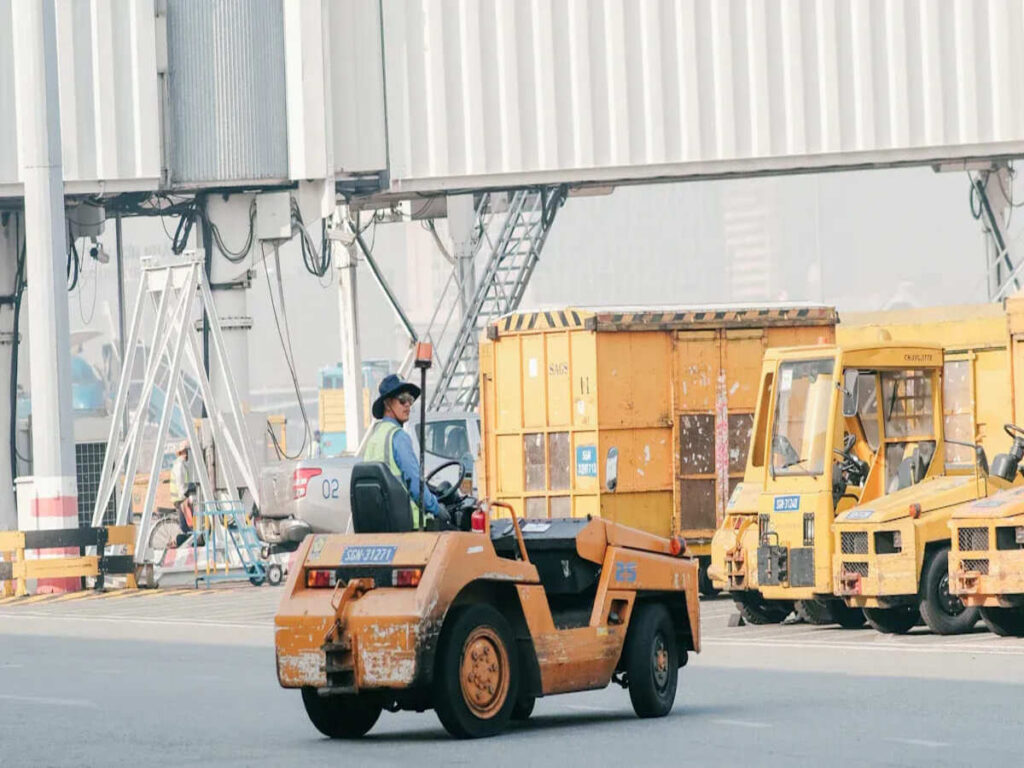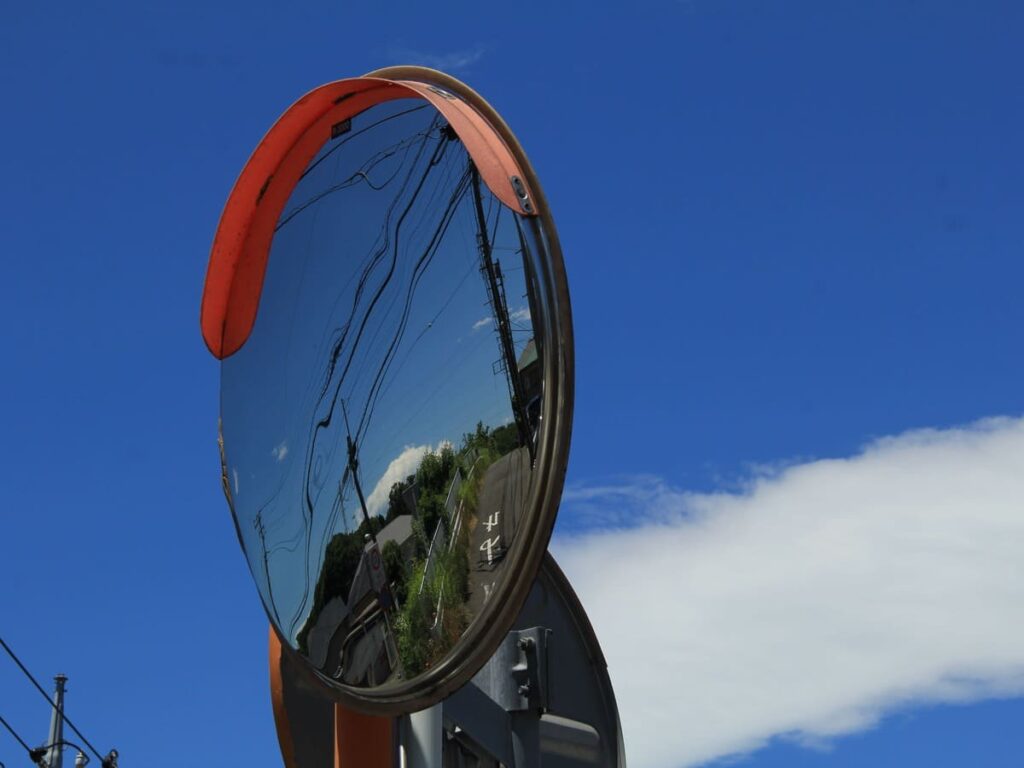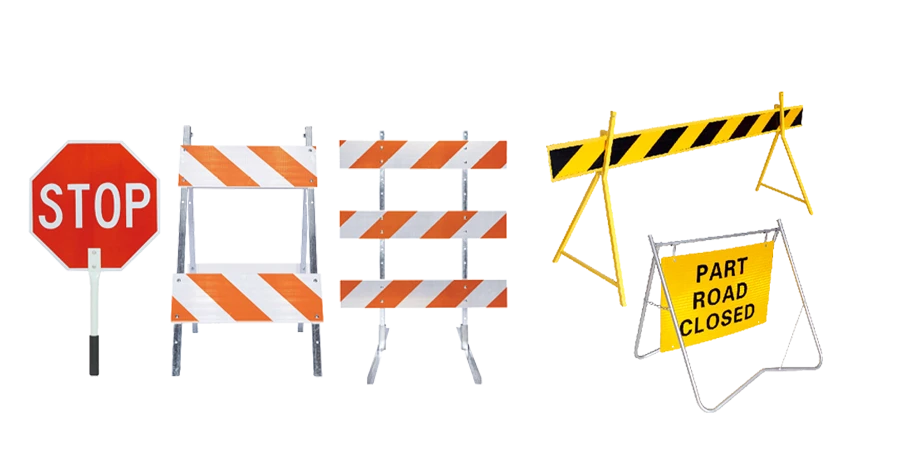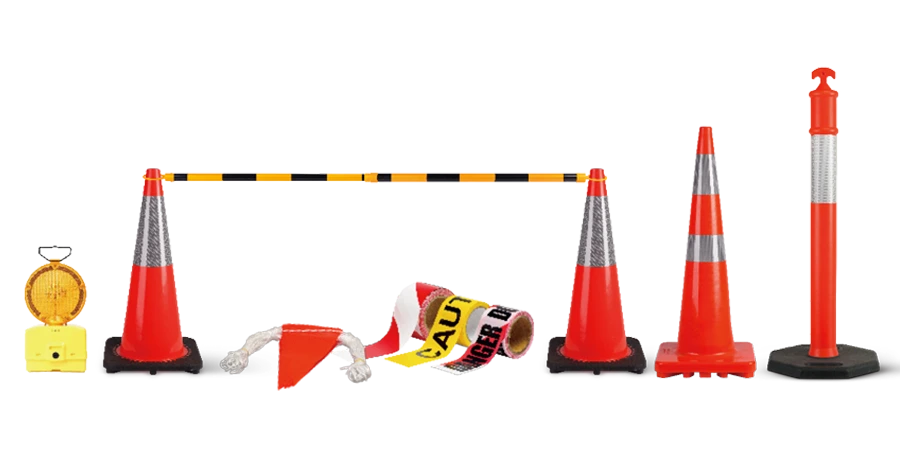
The recent incident on the M25 between junctions 29 and 30 caused widespread disruption, bringing one of the UK’s busiest motorways to a standstill. With two lanes closed following a crash—and nearby A3 closures due to roadworks—the event exposed just how fragile traffic flow can be during peak hours. As thousands of drivers faced long delays, the importance of rapid, effective traffic control became undeniable. In such scenarios, motorway cones play a vital role. These simple yet strategic tools help direct vehicles, create safe zones for emergency services, and reduce the risk of secondary accidents. When placed correctly, cones can restore order amidst chaos and keep both workers and motorists safe.
That’s where OPTRAFFIC’s motorway cones make a difference. Designed for high-speed, high-risk environments, OPTRAFFIC road cones for sale offer maximum stability and visibility—two things that are critical during motorway emergencies. Each road cone is manufactured using durable materials that withstand impact, poor weather, and extended roadside exposure. Whether you’re managing an unplanned lane closure or guiding vehicles through overnight resurfacing works, OPTRAFFIC road cones help establish clear, reliable boundaries that keep traffic moving and workers protected.
Key Takeaways
- Traffic cones are important for marking accident areas and guiding drivers safely.
- Placing cones correctly can cut traffic delays by 20%, keeping cars moving better during emergencies.
- Bright cones with reflective strips make roads safer in bad weather or at night, reducing accidents.
- Smart cones with GPS and RFID give live updates, helping manage traffic faster.
- Checking cones often and planning ahead ensures they are ready for emergencies, making roads safer for all.
The Role of Motorway Cones in Emergency Situations

Marking accident zones for safety
When crashes happen on motorways, safety comes first. Traffic cones are key for marking accident spots. They create clear boundaries to keep drivers away from danger. Cones show areas with debris, helping cleanup teams work faster. They also protect investigators as they collect evidence and check the scene. This simple tool keeps the site safe, stops unauthorised entry, and preserves important evidence.
Creating temporary lanes to manage traffic flow
Traffic cones are crucial for controlling traffic during emergencies. They form temporary lanes to guide cars around crashes or closed roads. Studies show cones can cut traffic delays by 20% during incidents. These lanes improve traffic flow and lower the chance of more accidents. Drivers follow the cones’ clear guidance, making it easier and safer to get through.
Supporting emergency response teams
Emergency teams depend on cones to do their jobs well. Cones make paths for ambulances, fire trucks, and police cars to reach the crash quickly. This fast access can save lives in serious situations. Cones also protect emergency workers by creating safe zones, keeping them away from moving cars. Their careful placement keeps everyone, from responders to drivers, safer.
Traffic Cones in Overlapping Construction and Crisis Scenarios
Handling construction zones during sudden problems
Construction areas often face surprises like crashes or broken equipment. Traffic cones are very helpful in these moments. They block off lanes and guide cars to new routes. Reflective tape on cones makes them easy to see at night. Placing cones 200 feet before work zones gives drivers time to react. Cones mark dangers like potholes or crash spots, warning drivers clearly. This simple tool keeps workers and drivers safe and lowers risks.
Smart placement to ease traffic jams
Busy roads near construction zones often get crowded. Placing cones in the right spots helps reduce this issue. Cones guide cars into temporary lanes, keeping traffic moving well. For example, cones on motorways during roadworks stop traffic from piling up. This cuts delays and prevents crashes from sudden stops. Proper cone placement keeps drivers on track and avoids confusion. With good planning, cones turn messy roads into safer ones.
Planned layouts for quick use
Planning ahead helps in emergencies and construction zones. Pre-made cone layouts make setup faster and easier. These plans think about road size, traffic, and visibility. Cones are placed in patterns to guide cars safely past work areas. This saves time and keeps everyone safer on the road. Drivers benefit from these plans as they face fewer delays. With clear strategies, teams can handle sudden problems quickly.
High-Visibility Traffic Cones for British Motorways
Reflective materials for better visibility
Bright traffic cones are crucial for safety on British roads. Reflective materials make them easier to see in bad weather or at night. These materials reflect light back, helping drivers spot cones quickly. For example, cones with reflective strips and LED lights can lower night crashes by 6.5% at lit junctions compared to unlit ones. This shows how reflective features guide drivers and save lives in tough conditions.
Different materials make cones stronger and more visible. The table below shows some materials and their benefits:
| Material Type | Benefit Description | Example Use Case |
|---|---|---|
| UV-resistant coatings | Protect cones from sunlight damage and fading. | Long sun exposure in hot areas. |
| Reflective elements | Help cones stand out in dark or bad weather. | Rainy or foggy conditions. |
| Advanced co-pigmentation | Keeps cone colours bright and clear over time. | Harsh sunlight or extreme weather. |
Meeting UK safety rules
Traffic cones on British roads must follow strict rules. These rules ensure cones work well in all conditions. For example, EN 13422 ensures cones are bright and reflective. This rule is important for UK and EU manufacturers. Following these rules can cut work zone accidents by 20%.
The table below lists key certifications for cones:
| Standard | Description |
|---|---|
| EN 13422 | Sets rules for bright, reflective cones for all weather. |
| CE Marking | Shows cones meet European safety rules, including in the UK. |
Working well in bad weather and at night
British weather often makes driving harder. Rain, fog, and snow reduce visibility for drivers. High-visibility cones are made to work in these conditions. Reflective materials make them easier to see, and LED lights help at night. These features lower accident risks and keep drivers and workers safe.
The table below explains how cones improve safety:
| Evidence Description | Impact on Traffic Safety |
|---|---|
| Reflective materials improve visibility in bad weather | Fewer accidents happen |
| LED lights brighten roads at night | Safer for drivers and workers |
| Bright cones work well in cities | Fewer crashes in low-light areas |
Using cones with better visibility helps you drive safely, even in tough conditions. These tools are vital for keeping roads safe and saving lives.
Innovations in Traffic Cone Technology
Working with digital warning systems
New traffic cones now work with smart digital warning systems. These cones give live updates to drivers and traffic teams. For example, cones with cameras and alert systems improve traffic by sharing road updates. Wireless charging keeps them working without needing much upkeep. This technology makes roads safer and smoother, especially during emergencies or roadworks.
| Technology Type | Description |
|---|---|
| Multi-functional cones | Have cameras, wireless charging, and alerts for better traffic control. |
| GPS-enabled cones | Share exact locations and send alerts for work zones. |
| Smart cones with GPS | Send location data to maps, helping drivers avoid delays. |
Smart cones with GPS and RFID tracking
Smart cones with GPS and RFID tracking change how work zones are managed. These cones send their location to navigation apps, helping drivers skip busy areas. RFID lets traffic teams check cone positions from far away, avoiding manual checks. This makes maintenance faster and ensures cones are in the right spots. Drivers enjoy safer and easier journeys thanks to these smart tools.
Helping traffic flow and safety
Modern traffic cones make roads safer and traffic smoother. Studies show bright cones with reflective coatings work better than old designs. They are easier to see in bad weather or at night, cutting accidents. Smart cones with sensors also talk to traffic systems, giving live updates and quick fixes. By using automation, these cones lower accidents in cities and keep traffic moving safely.
| Innovation Type | Impact on Safety |
|---|---|
| High-visibility cones with reflective strips | Help reduce accidents |
| LED lighting | Improves safety at night |
| Reflective materials | Makes cones visible in bad weather |
With these upgrades, traffic cones are no longer simple tools. They are now smart devices that keep roads safe and traffic flowing well for everyone.
Lessons from the M25 Incident
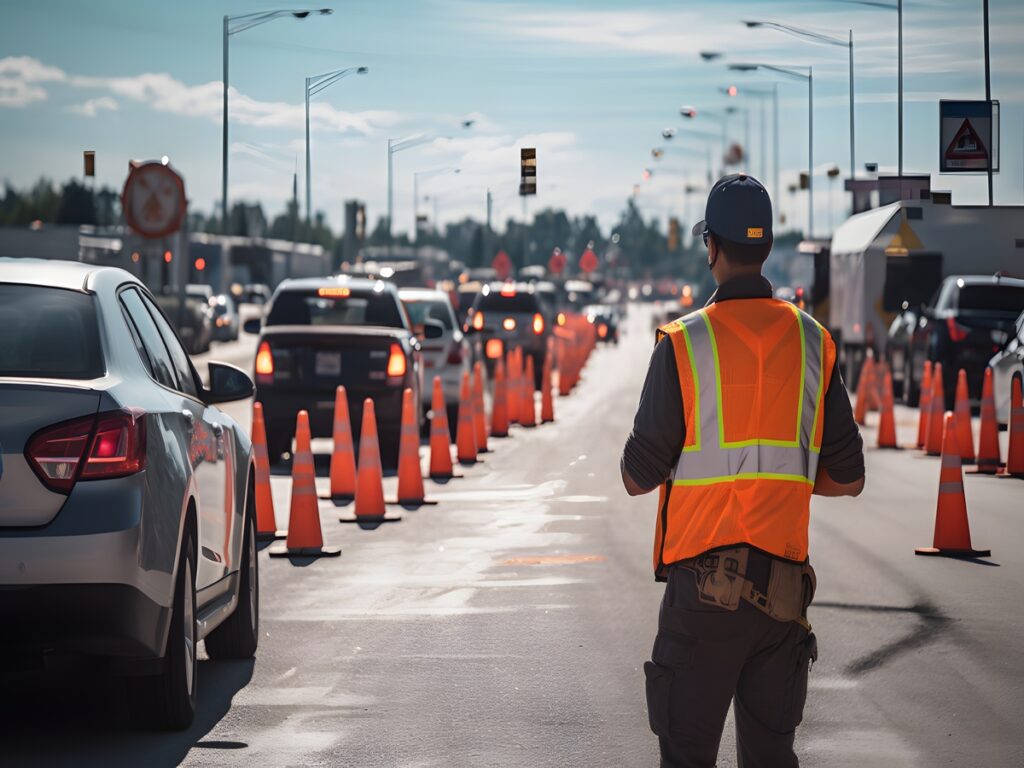
Importance of maintaining cone stockpiles
Having enough cones ready is vital for managing traffic well. In emergencies, quick access to traffic cones helps keep drivers and responders safe. Without enough cones, delays can increase risks for everyone on the road.
Taking care of stockpiles means more than just counting cones. It includes checking them often, storing them properly, and following rules. For example, keeping cones safe from damage makes them last longer and saves money. The table below shows how to manage cone inventories better:
| Evidence Point | Explanation |
|---|---|
| Effective inventory management | Stops having too many or too few cones, keeping things smooth. |
| Regular inventory audits | Checks stock levels and finds problems early. |
| Proper storage practices | Keeps cones safe, making them last longer and cutting costs. |
By looking after stockpiles, you make sure cones are ready when needed, helping keep roads safer.
Proactive planning for emergencies
Emergencies need fast action on motorways. Planning ahead helps teams use safety tools like cones quickly. Pre-made plans show where to place cones during crashes or road closures. This reduces confusion and keeps traffic moving safely.
Modern tools like GPS-enabled cones make responses even better. These smart cones give live updates, helping teams manage traffic faster. Planning ahead avoids delays and ensures safety measures are used without problems.
Tip: Check your emergency plans often to match current rules and best practices. This keeps your strategies useful and up-to-date.
Traffic cones as essential safety tools
Cones are not just markers; they are key for road safety. Their bright colours and reflective strips make them easy to see, even at night. This visibility warns drivers about dangers and lowers accident risks.
Cones mark dangerous spots, create safe areas for responders, and guide cars away from hazards. The table below shows how cones help in different situations:
| Role of Traffic Cones | Description |
|---|---|
| Marking Hazardous Areas | Shows crash sites or work zones to stop accidents. |
| Enhancing Visibility | Warns drivers to slow down, improving safety. |
| Creating Safe Zones | Protects responders by marking risky areas. |
| Directing Traffic | Guides cars away from danger, keeping order. |
Using cones correctly makes roads safer and traffic smoother. These simple tools are crucial for emergencies and daily traffic control.
Traffic cones are crucial for controlling chaos on motorways. During events like the M25 incident, they kept traffic organised and safe for everyone. These cones guide cars, show danger zones, and create safe spaces. They are vital during emergencies to prevent further problems.
Note: Keeping cones in good condition and using smart cones can improve traffic control. Planning ahead helps lower risks and makes roads safer for all drivers.
Traffic cones are not just signs; they are key tools for safer and smoother roads.
FAQ
Why are traffic cones useful in emergencies?
Traffic cones are bright and have reflective strips. This makes them easy to see in bad weather or at night. They guide cars, mark danger spots, and create safe areas for emergency workers. These features help keep roads safe and organised during emergencies.
How do smart cones make roads safer?
Smart cones use GPS and RFID to give live updates. They help drivers avoid busy areas and assist teams in managing roadworks better. These advanced tools reduce delays and improve safety for everyone on the road.
Can traffic cones handle all types of weather?
Yes, high-visibility cones are made for British weather. Reflective strips and LED lights make them visible in rain, fog, or snow. They are strong and reliable, keeping roads safe even in tough conditions.
Why is it important to have enough cones ready?
Having enough cones means quick action during emergencies. Storing them properly and checking them often prevents damage. This ensures cones last longer and are ready to use, helping keep roads safe and traffic moving.
Do traffic cones follow UK safety rules?
Yes, cones in the UK meet strict standards like EN 13422. These rules ensure cones are bright, reflective, and strong. Following these standards keeps drivers and workers safe in all conditions.


